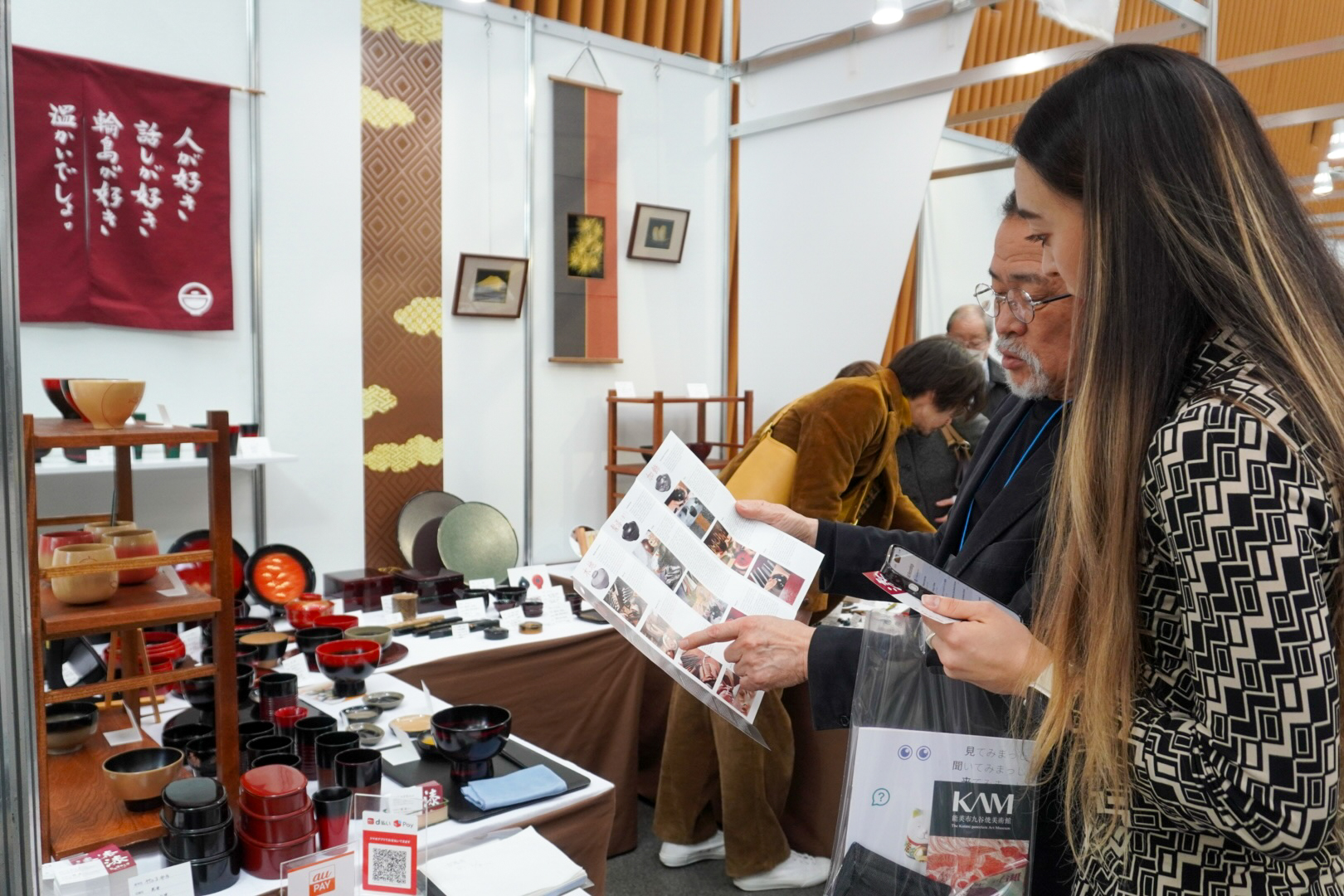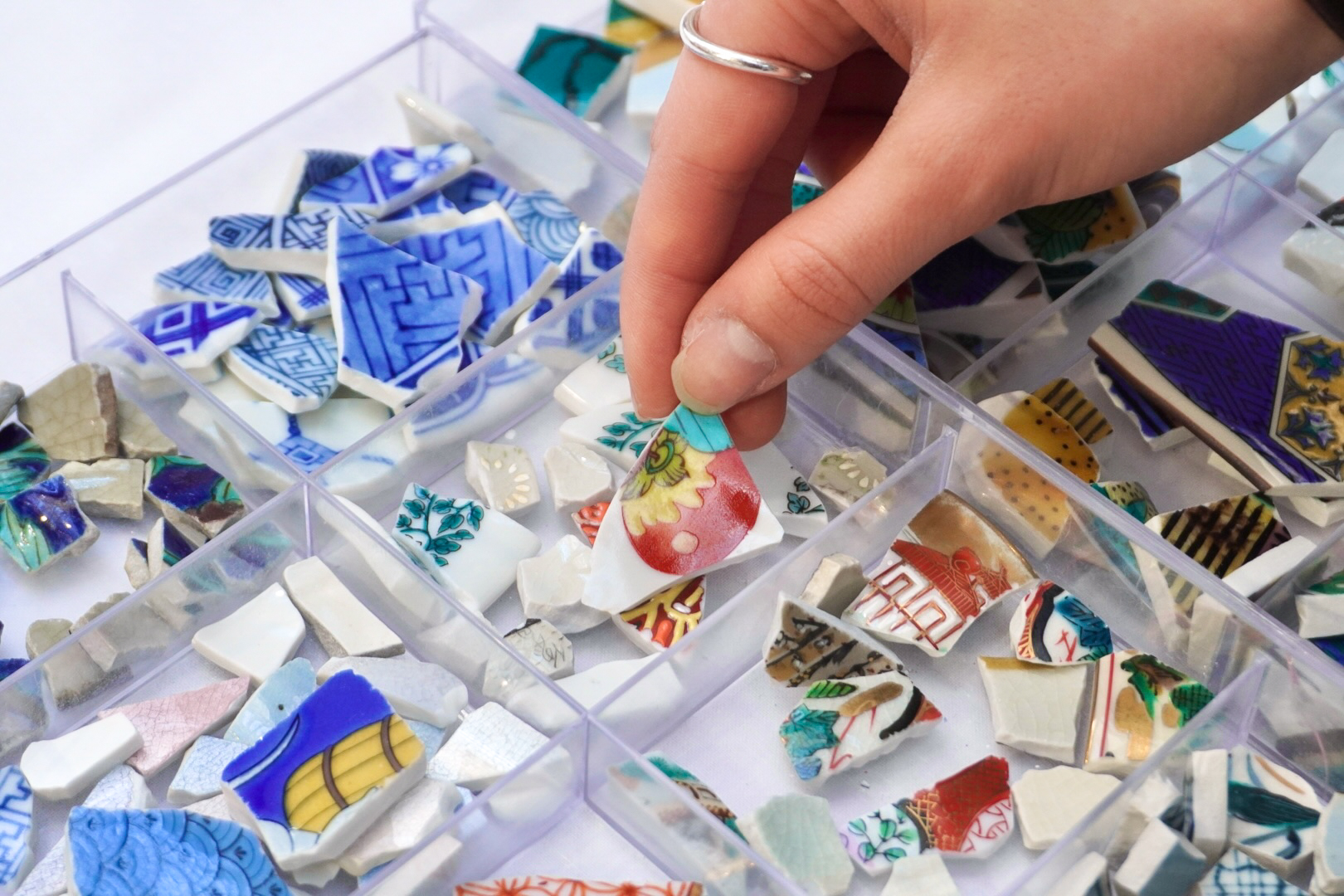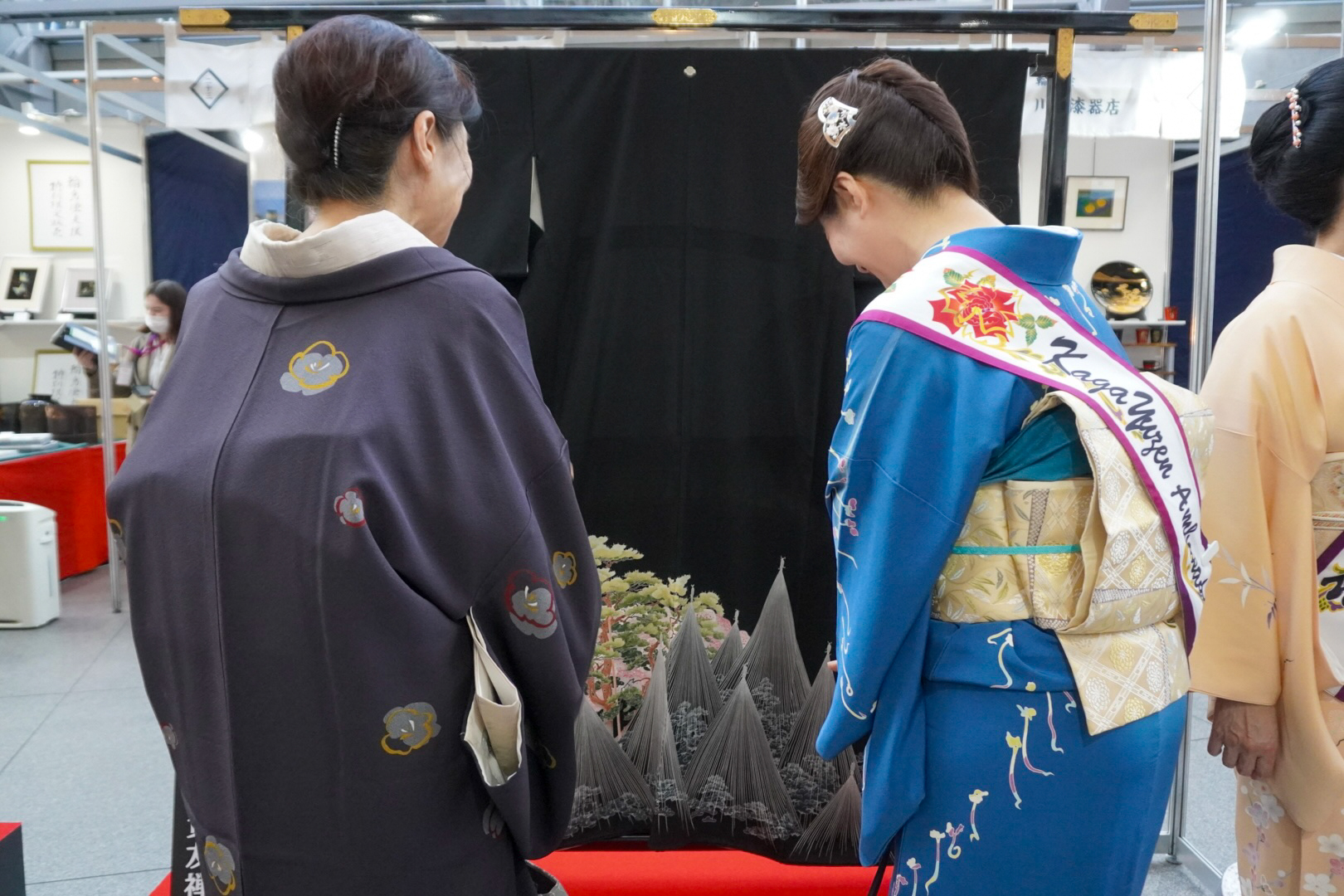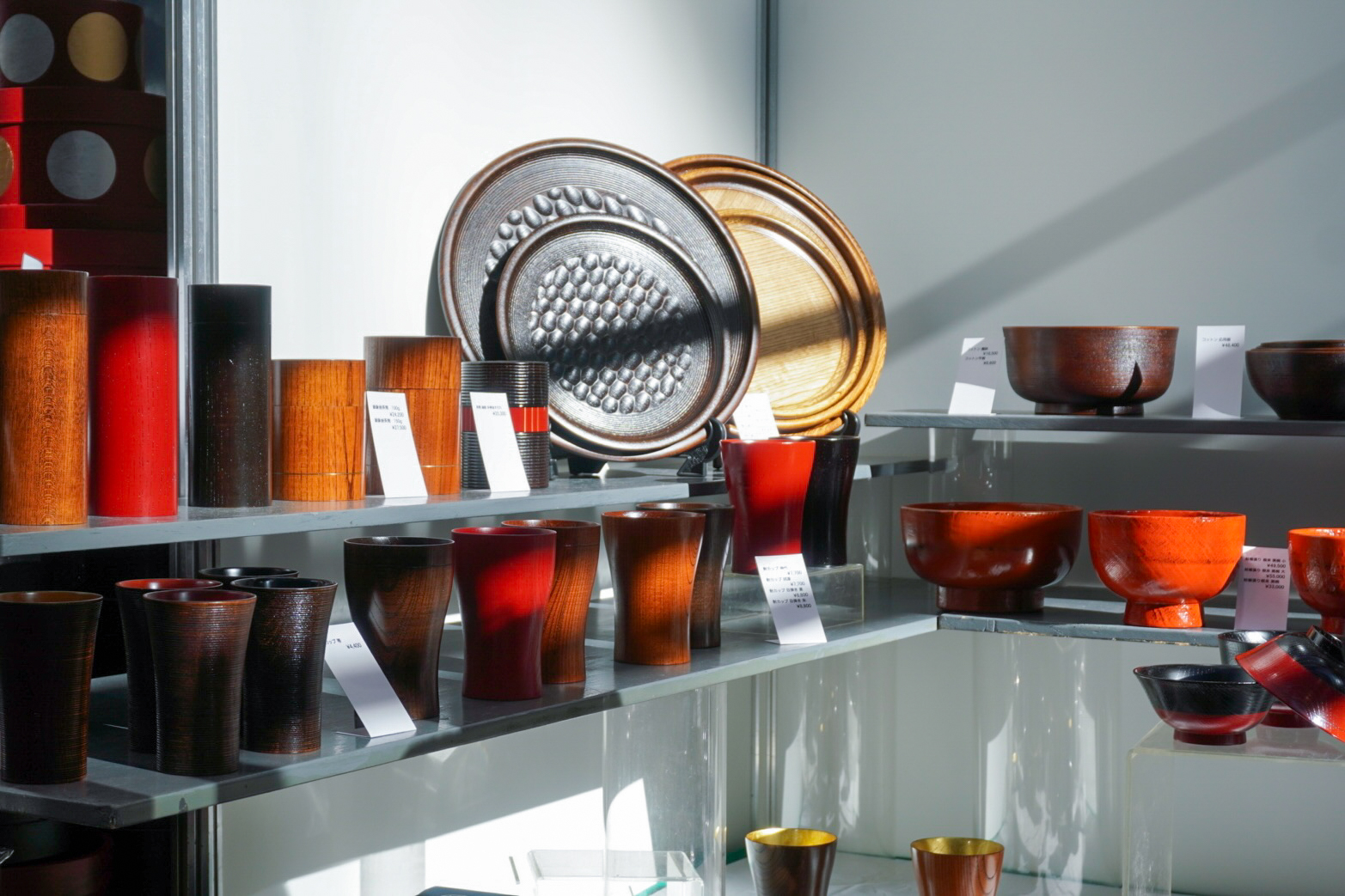This year started off tragically for Japan, especially for those in the Noto Peninsula, when a magnitude 7.6 earthquake struck Ishikawa Prefecture. Along with 241 fatalities and over 1,300 people injured, thousands of people lost their homes and businesses. Of the buildings impacted by the earthquake, many were factories and homes of Ishikawa’s artisans, whose families have been making traditional crafts for centuries. The damages ranged from crafts being destroyed to entire factories collapsing, resulting in the loss of priceless artworks and equipment that had been treasured for generations.
This past weekend, the Ishikawa Traditional Crafts Fair was held at the Tokyo International Forum, in an effort to support artisans of Ishikawa, many of whom were directly affected by the earthquake. With over 20,000 works from 40 of Ishikawa’s best craft factories on display and on sale at special prices, Tokyo Weekender visited the fair to support the affected artisans. We were also able to listen to some of their stories firsthand.

Shioyasu explaining the process of Wajima lacquerware
Wajima-Nuri
With over 600 years of history, Wajima lacquerware is one of Ishikawa’s leading crafts, known for its rich maroon color and incredible durability.
“The painting process of Wajima-nuri is unlike other lacquerware,” Shinichi Shioyasu of Shioyasu Urushi Ware Company tells TW. “Wajima lacquerware has been divided into trades of constructing the wooden substrate, lacquering and adding decorative elements. And there are different artisans responsible within each process as well. There are some artisans who can do the entire lacquering process on their own, but no single artisan can do the entire wooden construction, much less make the ware from start to finish.”
The delegated specialization in the Wajima-nuri production process is the contributing factor for its durability and beauty. Wajima lacquerware also happens to be one of the most affected crafts from the Noto earthquake, as most of the factories are based in the Noto Peninsula, the quake’s epicenter.
“Our building didn’t fall over, thankfully, but we definitely have a lot of products that broke or need fixing,” Shioyasu says.
One family who suffered disastrous effects from the earthquake is the Shioji family from Tohachiya.
“We have three factories, but our main one completely burned down,” says Junei Shioji. “We have nothing. A customer earlier asked for a receipt, but we don’t even have those on hand right now. The country and prefecture are providing some support, but I would like to ask people who want to help to donate mindfully, by listening to local voices to ask what they really need. But it’s been a blessing to see so many of my regular customers from Tokyo come here to support today.”

Kutani Yaki Pieces
Kutani Yaki
Another well-known craft from Ishikawa is Kutani ware. Characterized by its vivid colors and detailed illustrations of animals and nature, Kutani yaki is a passed-down tradition of Kaga city.
“Kutani yaki has gosai, or five colors, that are used in its production,” Shoji Kodaka of Iroe Yu explains. “Our factory mixes red, blue, yellow, green and purple dyes to create colors that are softer and have a different feel to traditional Kutani ware.”
Iroe Yu boasts a talented staff of female artisans that provide a feminine touch to its delicate pottery. Though the Kaga area was less affected by the earthquake than the Noto region, several factories experienced damages and loss of crafts and materials.

Kaga Yuzen Ambassadors
Kaga Yuzen Kimono
Also present at the Ishikawa Traditional Crafts Fair was a display of Kaga Yuzen kimono, Kanazawa’s stunningly detailed hand-dyed silk textile tradition.
“Unlike Kyo Yuzen (Kyoto textile), Kaga Yuzen is produced solely by dyeing, without embroidery, gold leafs or tie-dyeing techniques.” Ayako Tsukatani, a Kaga Yuzen ambassador says. “Kanazawa has a history of samurai, so we like to explain that our clothing is not as flashy, but has an undeniable presence.”
The beauty of Kaga Yuzen is found in its realism and the appreciation of imperfection.
“Kaga Yuzen artisans purposefully paint worm-eaten leaves. I’ve seen a kimono where the whole lifetime of a leaf is painted on it,” continues Tsukatani.
Thankfully, Kanazawa didn’t suffer disastrous damages, but some Kaga Yuzen factories have tilted and equipment has been damaged.
“The streets of Kanazawa have gotten quieter since the earthquake. It almost feels like COVID again,” Tsukatani sighs, “I hope more people feel like wearing kimono and exploring Kanazawa again soon.”
Ultimately, one of the best ways to support Ishikawa Prefecture in the aftermath of the Noto earthquake is by buying directly from local sellers. Ishikawa’s traditional crafts make for fantastic souvenirs and treasured art.
See our donation guide to the Noto Peninsula earthquake for more information.









